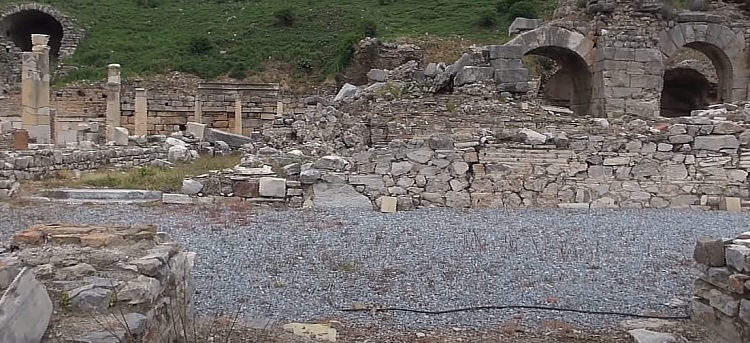Archaeologists engaged in the excavation of a sanctuary dedicated to the ancient Greek goddess Artemis have announced the discovery of a significant number of structures, along with abundant artifacts, including gold and silver jewelry.
As per a recent social media post from Greece’s Ministry of Culture, a “monumental building in the heart of the sanctuary” was initially uncovered in 2017.
Subsequently, in 2023, another temple was unearthed, revealing “rich relics” and jewelry during the excavation.
Additional findings from the excavations include structures dating back to the ninth and eighth centuries BC.
The ongoing excavations are conducted annually by a collaborative team of Swiss and Greek archaeologists, as outlined in a news release from the Ministry of Culture.
Ancient Temple from 2023 Dig Dates to 7th Century BC
The temple discovered during the 2023 excavations is determined to date back to the seventh century BC Notably, the temple exhibited dimensions nearly reaching 100 feet, aligning with the size characteristics observed in other contemporaneous temples.
Within the temple complex, multiple structures were identified, encompassing hearths repurposed as altars and a horseshoe-shaped altar covered in ash, notably rich in charred bones.
The ministry mentioned that certain altars might precede the temple’s construction, with the horseshoe-shaped altar featuring pottery dating as far back as the eighth century BC.
Exploring the temple’s interior revealed an array of artifacts, including vases, gold and silver jewelry, crafted from coral and amber, amulets imported from Asia and other Eastern regions, as well as bronze and iron fittings.
Below the temple structure, archaeologists uncovered dry stone walls indicative of a building constructed in a manner similar to the temple itself.
In this subterranean context, researchers identified bronze figurines from the Geometric period (900 to 700 BC) and a clay bull head dating back to the Mycenaean period (1,750 to 1,050 BC).
Ministry Reports Sixth Century BC Temple Damage from Fire

The ministry reported that the temple suffered partial destruction in the sixth century BC, likely due to a fire.
Subsequently, towards the conclusion of that century, a new temple was erected in the same location.
Concurrently, investigations into the sanctuary and its associated temples are being carried out alongside a survey of the adjacent region.
Officials have articulated that the research’s objective is to comprehend the integration of the sanctuary into the ancient landscape.
This involves examining the area, including its rural settlements and agricultural expenses, to discern the communication networks and connections between ancient cities.
